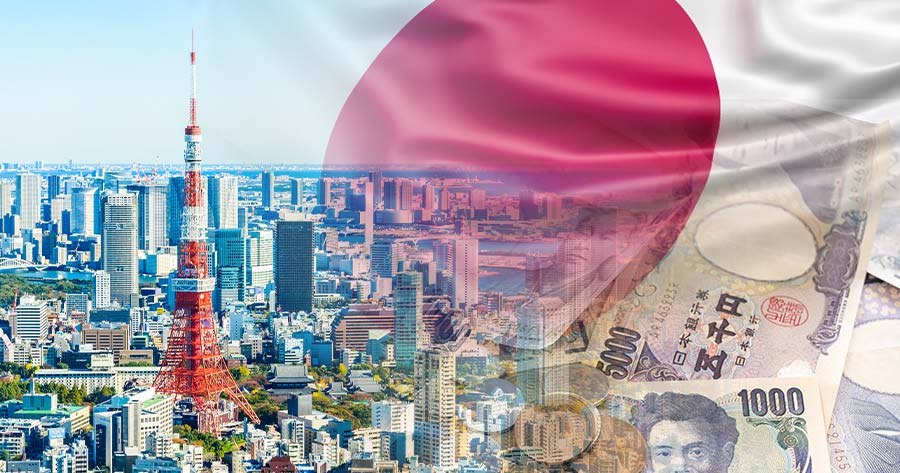Japan’s cabinet has authorized a ¥21.3 trillion ($135.4 billion) economic stimulus program, marking the new administration’s most substantial initiative since Prime Minister Sanae Takaichi assumed office. The measures, which far exceed last year’s outlays, are aimed at accelerating economic growth and mitigating the effects of inflation on households.
The record-sized package, the largest since the COVID-19 pandemic, allocates ¥17.7 trillion from the general account, up from ¥13.9 trillion in the previous fiscal year. Tax cuts totaling ¥2.7 trillion form part of the intervention, as Takaichi’s government signals a decisive shift toward expansionary fiscal policy. The move comes amid heightened concerns over Japan’s fiscal discipline, pushing the yen to a ten-month low and increasing long-term government bond yields to historic highs.
Key elements of the plan include expanding local government grants and introducing new subsidies to cover electricity and gas bills. Starting in January, households will benefit from utility subsidies of approximately ¥7,000 spread over three months. The measures also eliminate gasoline taxes, according to NHK.
Additionally, the government intends to set up a decade-long fund to bolster shipbuilding, and implement strategies to increase national defense spending to 2% of GDP by fiscal 2027. The package is also focused on coping with rising prices, fostering economic resilience, and strengthening Japan’s diplomatic and defense frameworks.
The cabinet expects to finance this ambitious stimulus through rising tax revenues spurred by inflation and the issuance of additional government bonds. While the precise size of the new bond issuance remains undetermined, it is anticipated to surpass the ¥6.69 trillion issued for last year’s economic relief. The administration aims to have a supplementary budget ready by November 28, seeking speedy approval from the parliament before the year concludes.
Despite being two seats shy of a lower house majority, the ruling Liberal Democratic Party—now in alliance with the Japan Innovation Party—controls 231 seats in the 465-member chamber. The government has signaled intent to work with opposition parties to expedite passage of the supplementary budget.





